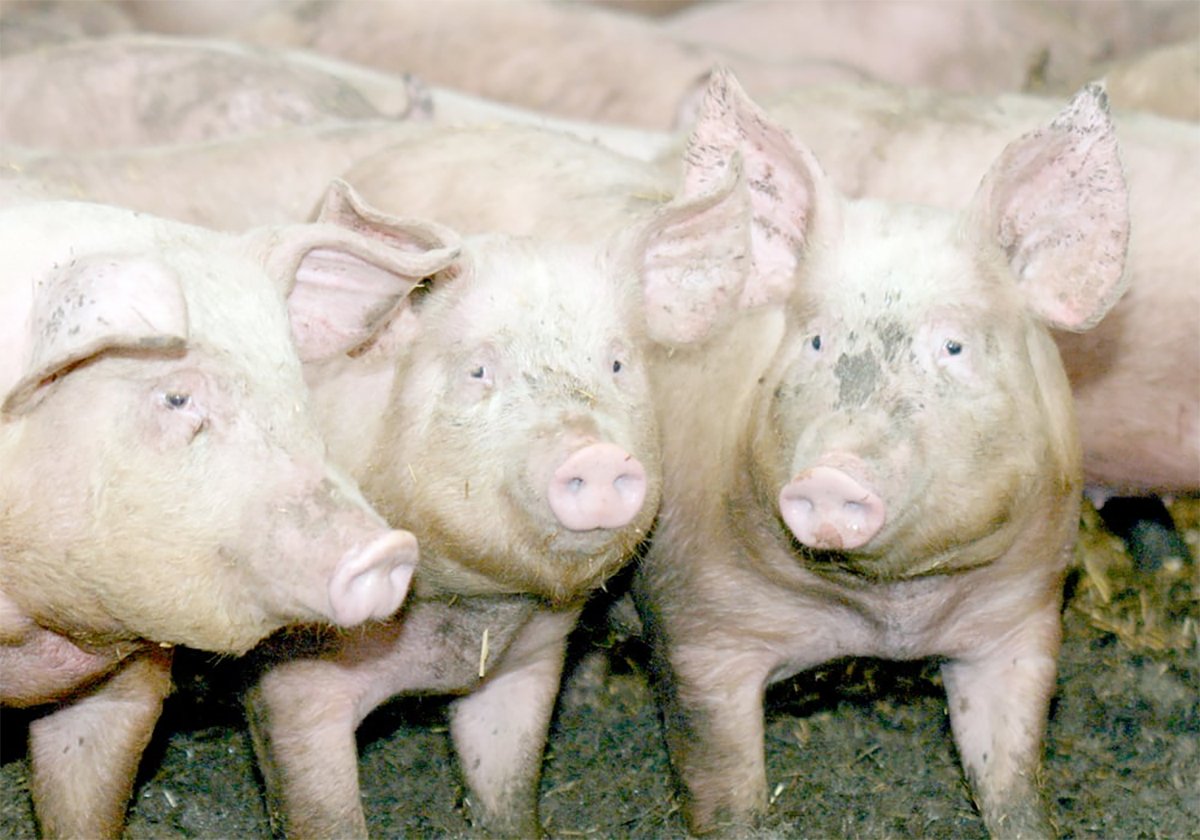Western Producer Calgary reporter Barbara Duckworth travelled to Denver, Colorado, for the International Livestock Congress and the National Western Stock Show to look at how issues there will affect Canadian producers.
DENVER, Colo. – Judging by committee is never easy but for Cheramie Viator, it may be the fairest way to evaluate a group of high quality bulls.
“The committee system is more challenging because you really don’t know who wins. We don’t confer,” said the Louisiana woman who judges cattle in shows from coast to coast.
Read Also

The Western Producer Livestock Report – November 13, 2025
Western Producer Livestock Report for November 13, 2025. See U.S. & Canadian hog prices, Canadian bison & lamb market data and sales insights.
She was one of five placing 23 Black Angus sale bulls at the National Western Stock Show here Jan. 17. All bulls were for sale and were sold according to their placing in the show ring.
While the bulls were born in the spring and fall, the judges were looking for the most correct breeding animal. The judges voted for their choices and their results were compiled for an overall winner. The bulls ranged in age from February 2007 to the more mature two year olds.
“There’s different programs to fit different needs.”
“We evaluate where they are and where they will be when they reach maturity,” she said.
After the grand and reserve champions were selected, potential buyers were invited into the show ring to do their own judging on prospective purchases. Buyers included high level seedstock producers to commercial people from across North America.
There were no Canadians entered in this event but that will come as people grow accustomed to new health regulations since the United States border opened to breeding stock Nov. 19.
“I’m glad the Canadians are back. We need them,” she said.
The judges selected a two-year-old from Boyd Beef Cattle of Mayslick, Kentucky, as grand champion. It sold for a two-thirds interest at $55,000 to a consortium of 20 buyers.
The reserve champion from Wilson Cattle Co. of Indiana went for a two-thirds interest, full possession worth $16,000 to Dudgon Livestock of Innisfail, Alta.
Another two-year-old from Cardova, Illinois, also sold for $55,000 to a consortium of 20. Overall the 23 lots totalled $249,700 and averaged $10, 857.
To launch the sale a heifer was sold to support the Angus youth foundations that provide education, leadership training and scholarships to young people. The open heifer sold for $60,000. The foundation’s goal is to raise $11 million by 2011 for its youth programs.
At the regular Angus bull and female shows, the grand champion female came from Cherry Knoll Farms of Pennsylvania, and the reserve was from Bruce Stertzback of Ohio. The grand champion bull was from Chris Sankey of Kansas and the reserve went to Holly Gamble of Tennessee.















